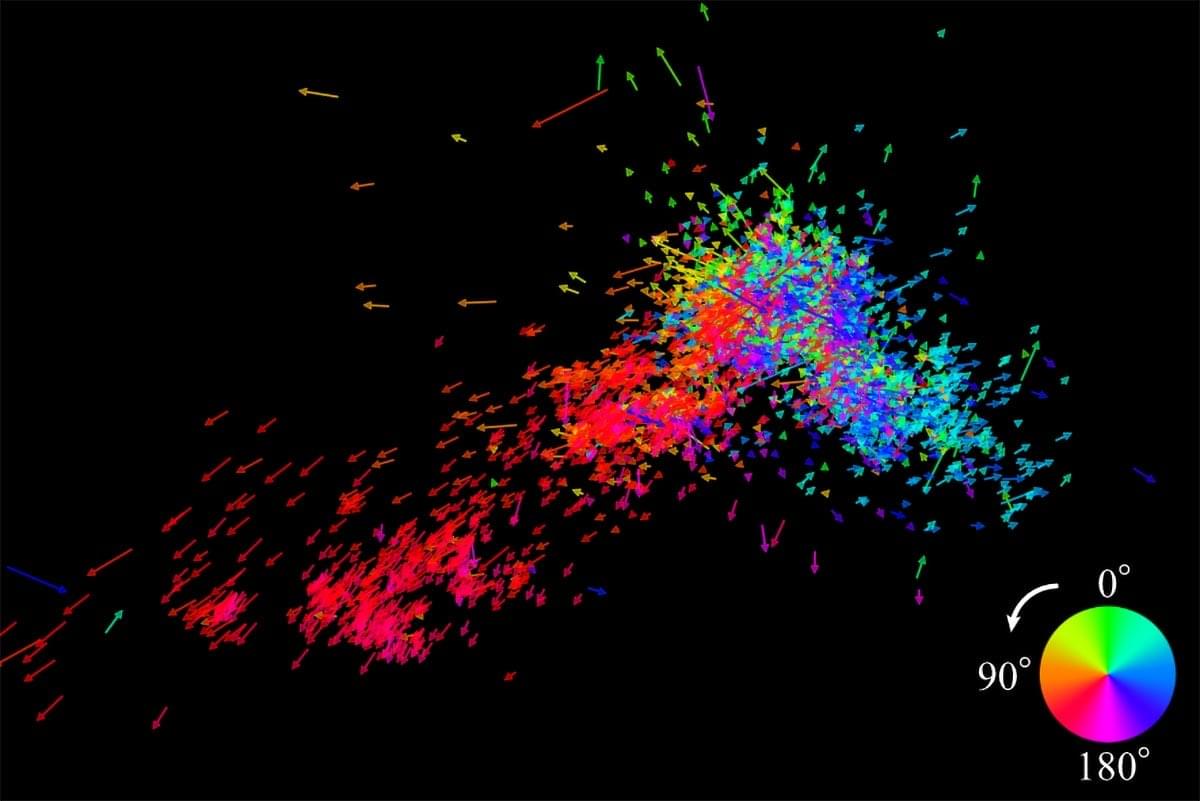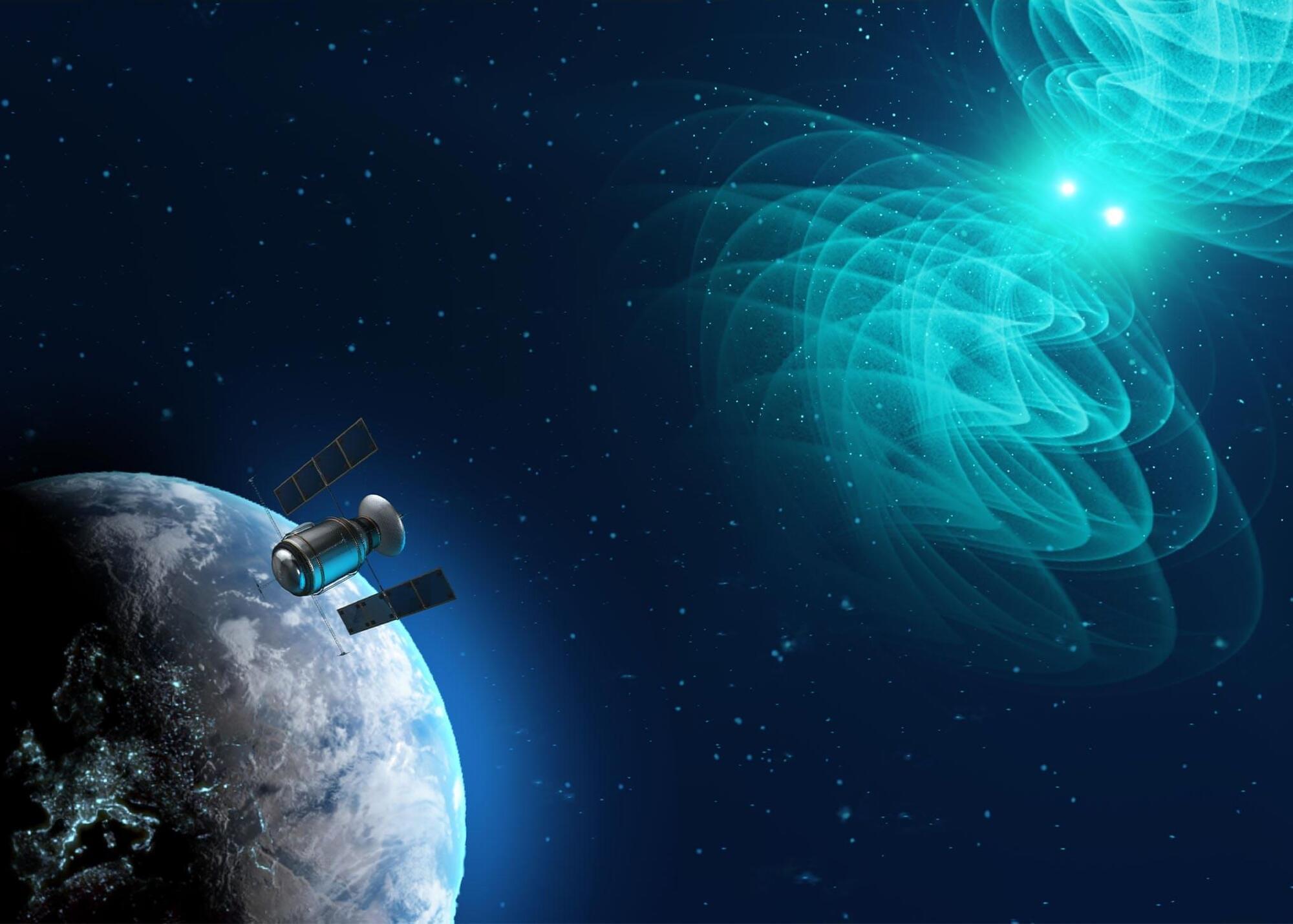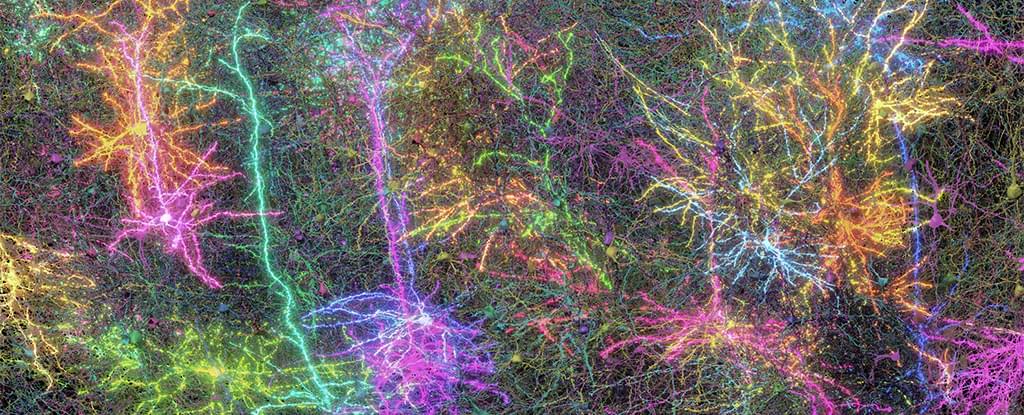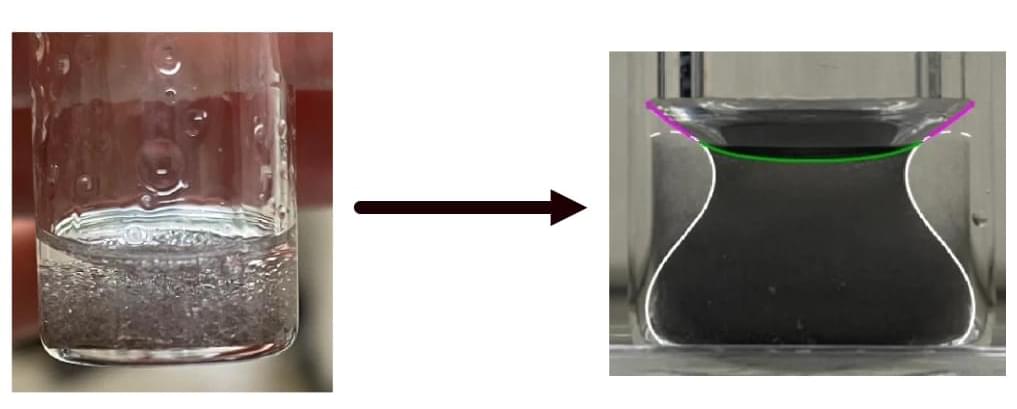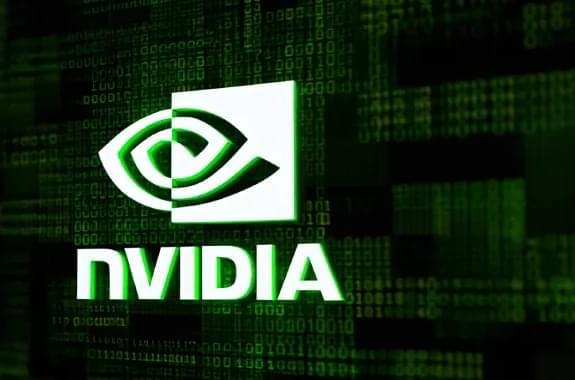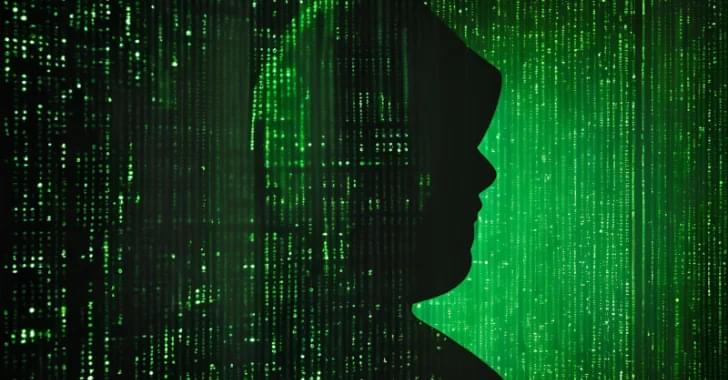Astronomers have discovered that the Small Magellanic Cloud, a nearby dwarf galaxy, is being torn apart by the gravitational pull of its larger neighbor, the Large Magellanic Cloud.
By tracking thousands of massive stars, researchers found that the galaxy lacks rotational motion and shows signs of disruption, which could dramatically shift our understanding of how galaxies interact and evolve. This discovery offers a rare real-time look into the cosmic tug-of-war that may have shaped galaxies in the early universe.
Gravitational Tug-of-War Between Galaxies.
